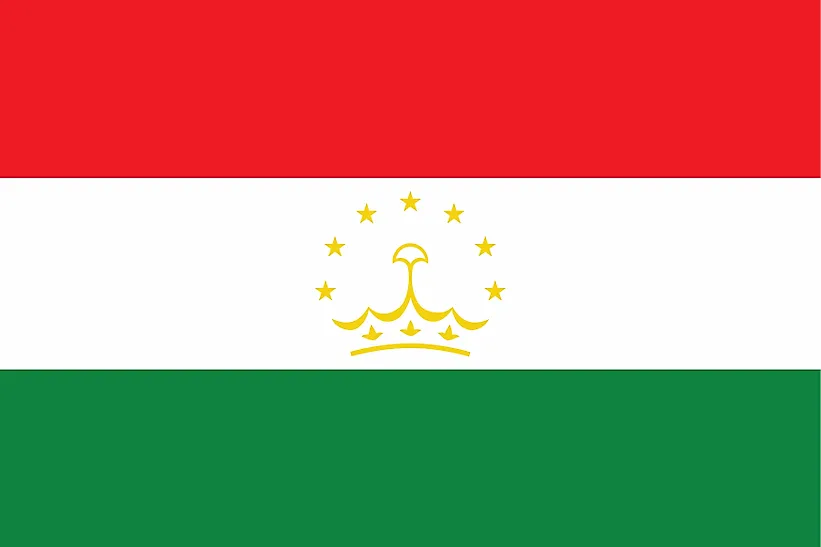
Tajikistan
| Continent | Asia |
| Capital | Dushanbe |
| Population | 8,330,946 |
| GDP | $25.81 Billion |
| GDP per Capita | $3,000 |
| Dialing Code | +992 |
| ISO Code (2-letter) | TJ |
| ISO Code (3-letter) | TJK |
Tajikistan Landscapes






About Tajikistan
Welcome to Tajikistan, a nation of towering mountains and ancient heritage. With approximately 9.5 million people across 143,100 square kilometers, Tajikistan combines dramatic landscapes with rich cultural traditions, standing at the crossroads of Central Asian civilizations.
Geographic Features and Natural Beauty
Tajikistan’s geography is dominated by the Pamir Mountains, earning it the nickname “Roof of the World.” The country features dramatic peaks including Peak Ismoil Somoni (formerly Peak Communism), numerous glaciers, and the Fedchenko Glacier, the longest glacier outside polar regions.
The landscape includes high mountain ranges, deep valleys, and alpine lakes. The country’s varied terrain creates diverse ecosystems supporting unique wildlife including snow leopards and Marco Polo sheep.
Protected areas include Tajik National Park (a UNESCO World Heritage site) and numerous nature reserves. The country’s commitment to conservation focuses on preserving its unique mountain ecosystems while managing water resources.
Cultural Heritage and Traditions
Tajik culture represents a rich Persian heritage with Central Asian influences. The country’s traditions include distinctive music, poetry, and architectural styles reflecting its position along the Silk Road.
Traditional arts include suzani embroidery, traditional music featuring the dutar, and distinctive dance forms. Cultural practices feature traditional celebrations like Nowruz and community gatherings.
Tajik cuisine reflects its mountainous terrain and agricultural traditions, featuring dishes like plov, qurutob, and various types of non (bread). The tradition of hospitality and respect for elders remains central to social life.
Historical Journey
Tajikistan’s history spans from ancient Persian empires through various dynasties to modern independence. The country was part of the ancient Silk Road network connecting East and West.
Significant periods include the Samanid Empire, incorporation into various Central Asian kingdoms, Soviet era, and independence in 1991. The country’s historical sites demonstrate its rich cultural heritage.
Modern Economic Landscape
Today’s Tajik economy focuses on agriculture, hydroelectric power, and mining. The country possesses significant hydroelectric potential due to its mountainous terrain.
Recent initiatives emphasize infrastructure development, energy export, and tourism potential. Tajikistan’s strategic location and natural resources support its development efforts.
International Relations and Global Position
Tajikistan maintains active participation in Central Asian organizations while fostering global partnerships. The country’s water resources and strategic location extend its regional significance.
Did You Know?
• Tajikistan’s mountains contain over 1,000 glaciers?
• The ancient city of Panjakent was a major Sogdian cultural center?
• The country generates most of its electricity from hydroelectric power?
• Tajikistan’s Pamir Highway is one of the world’s highest international roads?
Conclusion
Tajikistan represents a unique combination of natural grandeur and cultural heritage. From its soaring peaks to its historic cities, from its traditional customs to its modern developments, Tajikistan continues to evolve while preserving its mountain heritage. As it addresses challenges including economic development and climate change, Tajikistan remains committed to progress while maintaining its position as a guardian of Central Asian traditions.